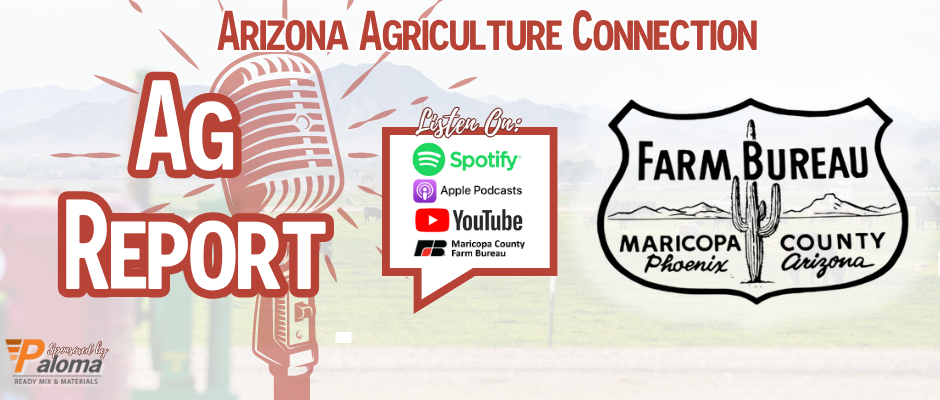Arizona Agriculture Connection-Understanding GMOs
- Nicole Clements

- Aug 14
- 2 min read
Understanding GMOs: Dispelling Myths and Highlighting Benefits
Welcome to another insightful entry from the Arizona Agriculture Connection! This time we are diving into one of the most debated topics within the agricultural landscape: Genetically Modified Organisms, or GMOs. With the help of Katie Aikins, the Director of Education at the Arizona Farm Bureau, we aim to inform and enlighten our readers about GMOs, their development, advantages, and safety concerns.
What Exactly Are GMOs?
Katie breaks down the basics by defining GMOs as "genetically modified organisms." These are not just man-made; the concept has been around for centuries, with farmers cross-pollinating plants for desirable traits. GMOs, however, take it a step further with transgenic organisms where genes from one organism are placed into another to encourage specific traits.
Safety in Numbers and the Approval Process
Understandably, safety is a big concern when it comes to GMOs. Katie assures us that GMOs undergo extensive research and safety testing. On average, it takes 13 years and about $130 million for a GMO to reach the market. The process involves scrutiny by the FDA, USDA, and EPA to ensure these organisms are safe for consumption, non-detrimental to the environment, and beneficial for our food supply.
Why Invest in GMOs?
The investment in GMO research is a substantial one, and Katie explains the benefits as twofold: for farmers and consumers. Farmers see advantages in herbicide tolerance, pest and disease resistance, while consumers gain fruits like the non-browning Arctic apple, which reduces food waste.
Successful GMO Examples
From the rainbow papayas in Hawaii that saved the industry from the papaya ring spot virus to the pink glow pineapple with higher nutritional content, GMOs have made significant impacts worldwide. Another remarkable GMO is BT cotton, which dramatically reduced the need for pesticide applications against pests like the cotton bollworm.
Discerning GMOs in Our Diet
Not all hybrid plants are GMOs, like seedless watermelons or Romanesco cauliflower. These are developed through regular cross-breeding. Katie highlights a few widely recognized GMOs, including field corn, soybeans, alfalfa, and squash, each carrying traits that benefit growers and consumers alike.
The European Perspective and Common Misconceptions
A common myth is that the European Union completely bans GMOs. Interestingly, some GMOs are developed by European scientists. While the EU has its own regulations, GMOs are indeed present within their markets.
Marketing and Consumer Confusion
Misleading marketing tactics can cause confusion among consumers, especially with labels like non-GMO on products that never had GMO counterparts. It's vital for consumers to educate themselves on what's truly genetically modified and what's just clever marketing.
Exploring More About GMOs
For those interested in diving deeper, Katie recommends GMOanswers.com for science-based answers and ISAAA.org for updates on biotech applications globally.
GMOs continue to play a significant role in modern agriculture. They are not just about altering foods; they support food security, reduce environmental impact, and aid in creating foods with enhanced nutritional profiles to support nutritionally underserved communities.





Comments